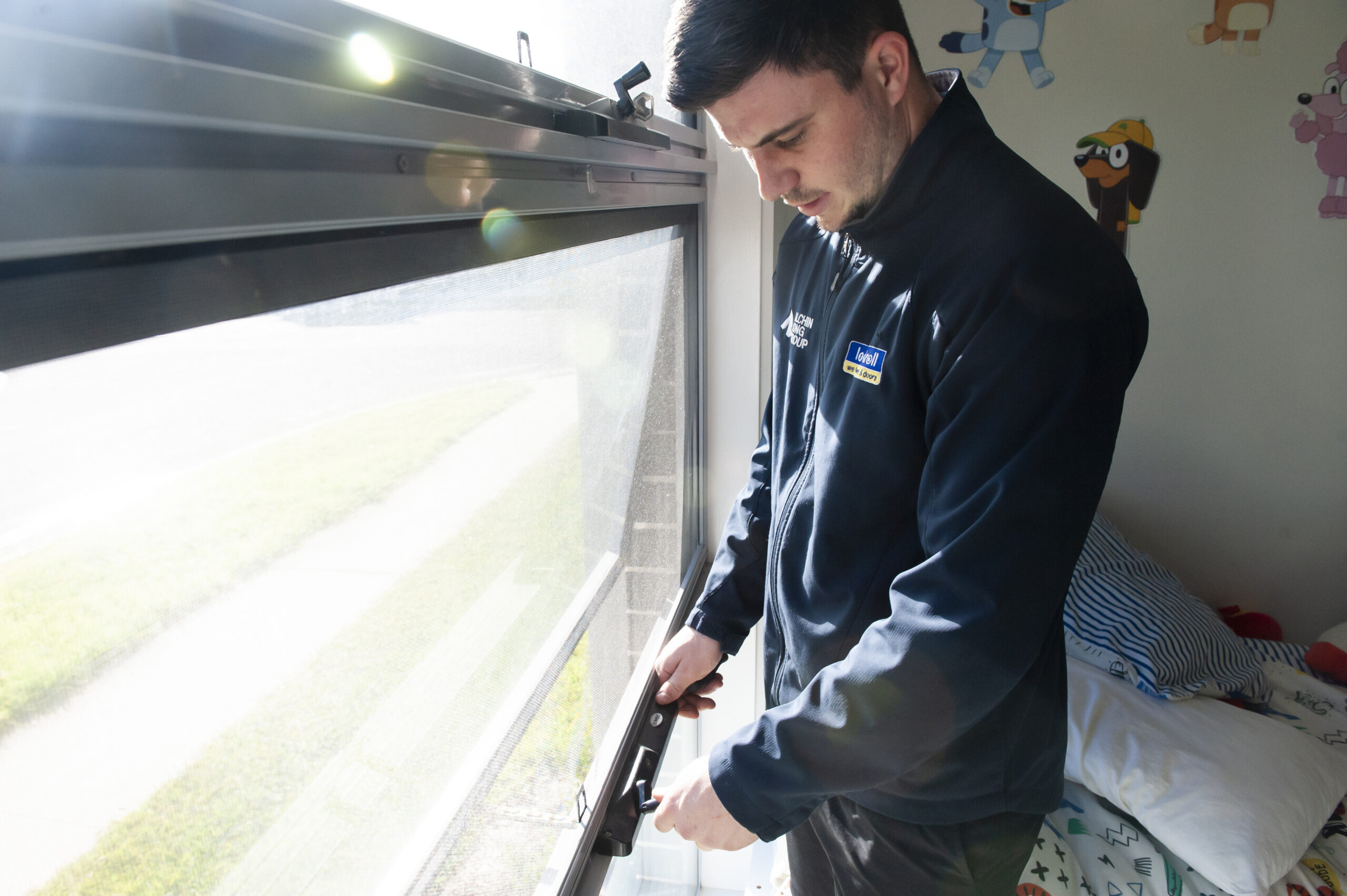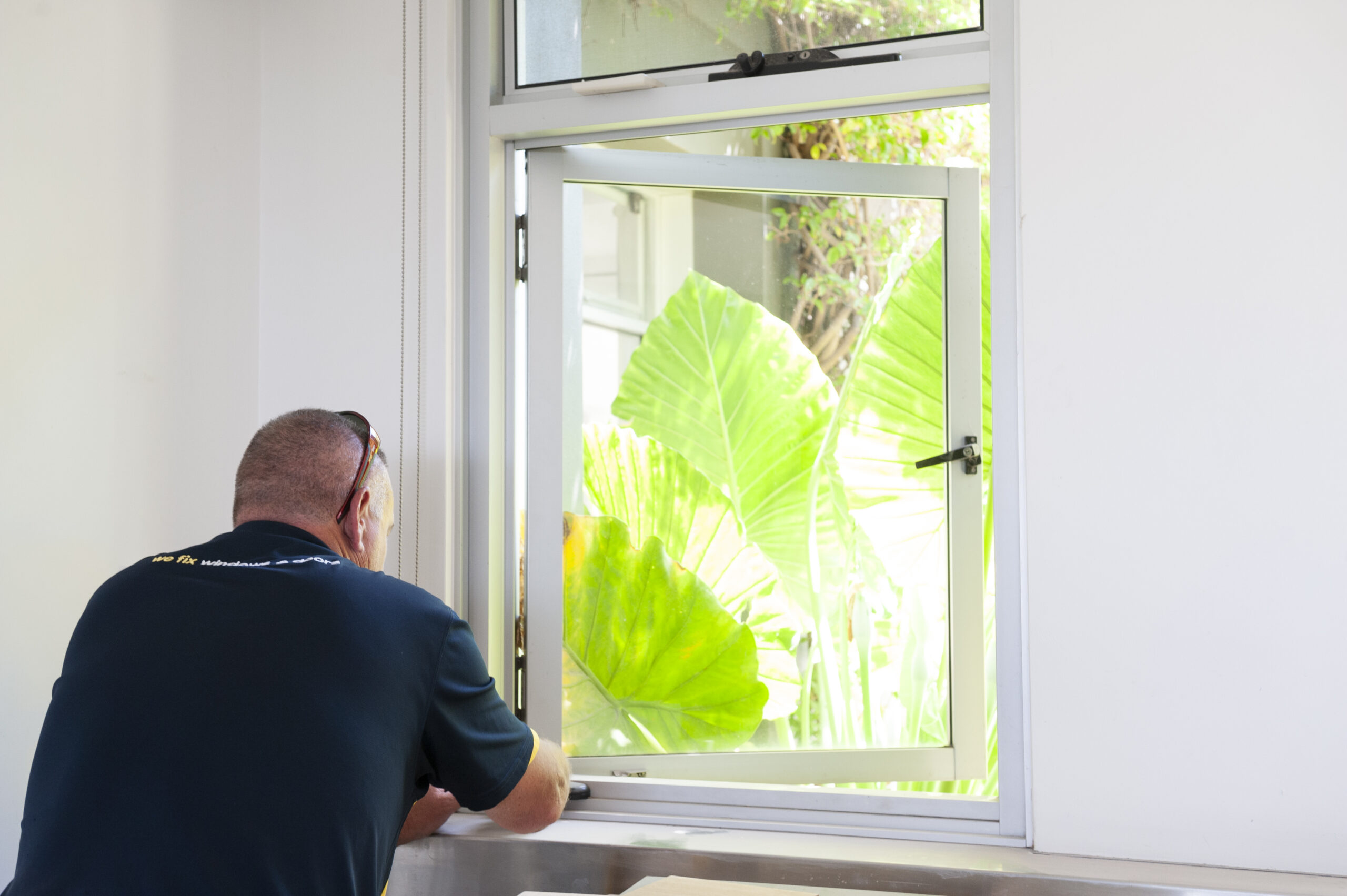
Why Sydney Trusts Lock & Roll for Window Winder Repairs
At Lock & Roll, we understand the specific needs of Sydney homes and businesses when it comes to window maintenance. Our expertise in window winder repairs and replacements ensures that every service is conducted with precision and care, tailored to the unique climate and architectural styles of Sydney. Our dedicated team brings years of experience directly to your doorstep, making us your best choice for reliable window winder repair Sydney solutions.

Understanding Window Winder Mechanisms
A window winder, essential for the operation of casement and awning windows, allows for easy opening and closing with a simple turn of a handle. However, issues such as wear, corrosion, or damage can impair its functionality.
At Lock & Roll, we specialise in window winder mechanism repair, addressing common problems like stiffness or failure to operate correctly. Our technicians are adept at handling everything from window chain winder repairs to full mechanism replacements, ensuring your windows work as intended.
Types of Windows We Service and Repair

Comprehensive Window Chain Winder Repair
Our window chain winder repair begins with a thorough diagnostic to assess the extent of wear or damage. We then clean and lubricate the mechanism or replace faulty components like gears or chains. This service ensures that your window’s winder operates smoothly without the need for a complete replacement.

Specialist Awning Window Winder Repair
Awning window winder repair involves adjusting the winder for optimal operation, replacing any broken parts, and ensuring that the window seals correctly when closed. Our technicians also check for alignment issues and correct them to prevent future problems. Learn more about our awning window repair services.

Expert Casement Window Winder Repairs
Our casement window winder repairs include a detailed inspection of the winder mechanism, followed by repairs or replacements of worn-out hinges and handles. We ensure that the window operates smoothly and securely, enhancing both functionality and security. For more details on our services, visit our casement window repair page.


Window Repair & Maintenance Services
Door Repair & Maintenance Services
The Lock & Roll Advantage

50+ Years of Experience in Sydney
Lock & Roll has been serving the Sydney community for over five decades, offering unparalleled expertise in window and door repairs and replacements.

Multi-Award Winning Operation
Our commitment to excellence in window winder repair and replacement has earned us multiple awards, reflecting our status as leaders in the industry.

Quality Workmanship
Every repair and replacement job we undertake is backed by our commitment to quality workmanship, ensuring high standards and lasting results.

6-Year Warranty Sydney Wide
We are confident in our services, offering a 6-year warranty across Sydney to guarantee our work meets your expectations.

Insured Services and Licensed Technicians
Our team is fully insured and licensed, providing you with peace of mind that every job is performed safely and to regulatory standards.

$0 Inspection Fee
If we cannot provide a solution to your window winder problem, you won’t pay a thing for our inspection. This no-risk service model is designed to put your needs first.
Common Problems with Window Winders
Window winders can face a range of issues, from simple wear and tear to more significant mechanical failures. Symptoms like difficulty in winding, unusual noises, or the inability to secure the window in an open or closed position often necessitate repairs. At Lock & Roll, we handle everything from window winder chain replacement to window winder handle replacement, ensuring that every component functions seamlessly.
Maintenance Tips for Long-lasting Window Winders
To avoid the inconvenience and cost of frequent repairs, regular maintenance is crucial. Our window chain winder maintenance program includes inspection, cleaning, and lubrication, which can greatly extend the life of your window components. Regular checks help catch issues early, reducing the need for emergency repairs and ensuring your windows remain in top condition year-round.

Get Started with Our Hassle-Free Window Services
Lock & Roll is your go-to expert for all window winder repairs and replacements across Sydney. With our comprehensive approach, including a $0 inspection fee and a 6-year warranty, we provide peace of mind alongside high-quality service.
Contact us at 1800 203 377 today to schedule your free inspection and experience why we are Sydney’s preferred window service provider. Don’t let faulty windows frustrate you any longer—let Lock & Roll provide the solutions you need with the professionalism you deserve.
















































